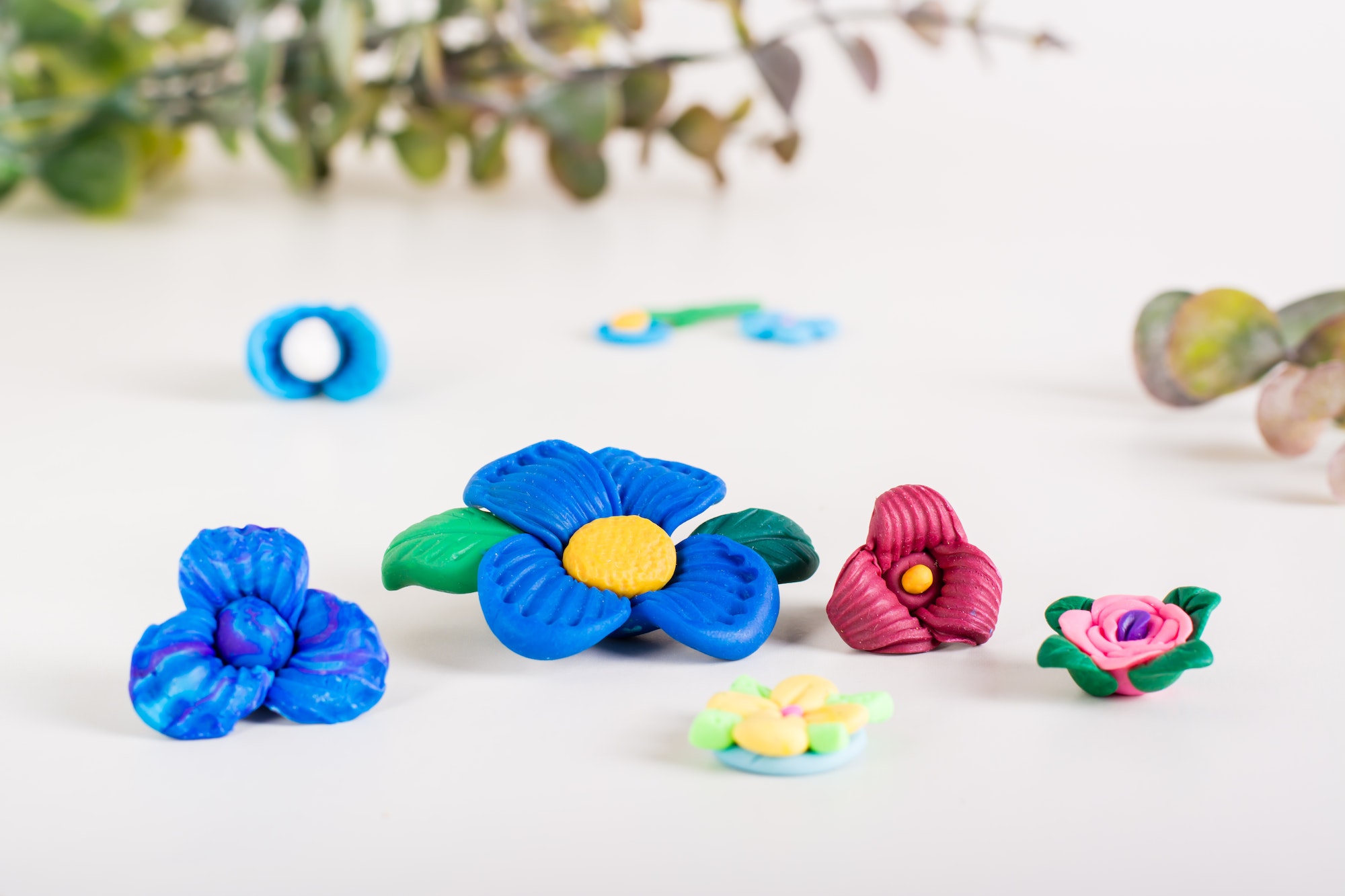Sculpting is a popular form of art that allows artists to create unique and intricate designs. One of the primary materials used for sculpting is clay, which comes in various forms, each with its unique characteristics and advantages. In this article, we will explore four types of clay commonly used for sculpting: polymer clay, air-dry clay, oil-based clay, and ceramic clay. We will discuss their descriptions, characteristics, advantages, and disadvantages.
Polymer Clay
Description and Characteristics
Polymer clay is a versatile type of clay made from polyvinyl chloride (PVC), plasticizer, and pigments. It comes in a wide range of colors and can be easily mixed to create custom shades. Polymer clay remains soft and pliable until it is baked in an oven at a low temperature (around 130°C), after which it becomes hard and durable.
Advantages
- Easy to work with, making it suitable for beginners
- Wide range of colors available
- Can be easily mixed to create custom shades
- Does not dry out or crack while working with it
- Can be baked in a standard home oven
Disadvantages
- Not as strong as other types of clay once baked
- Can be brittle if not properly conditioned before use
- Can emit harmful fumes when baking if not done correctly
Air-Dry Clay
Description and Characteristics
Air-dry clay is a type of clay that hardens when exposed to air. It does not require any baking or firing. The composition of air-dry clay varies depending on the brand but typically includes natural clays, cellulose fibers, and binders. It is available in different colors and can be painted after drying.
Advantages
- No need for baking or firing
- Dries relatively quickly (usually within 24 hours)
- Can be painted and varnished after drying
- Suitable for kids and beginners
Disadvantages
- Not as durable as other types of clay
- Can crack or shrink during the drying process
- May not be suitable for intricate or delicate designs due to its fragile nature
Oil-Based Clay
Description and Characteristics
Oil-based clay, also known as plastilina or plasticine, is a non-hardening clay made from a mixture of oils, waxes, and clay minerals. It remains soft and pliable indefinitely, making it ideal for modeling and reworking. Oil-based clay is commonly used by professional sculptors for creating prototypes and maquettes.
Advantages
- Does not harden, allowing for unlimited working time
- Can be easily smoothed and reworked
- Suitable for intricate and detailed designs
- Ideal for creating prototypes and maquettes
Disadvantages
- Cannot be fired or baked to create a permanent sculpture
- Not suitable for outdoor sculptures due to its sensitivity to temperature changes
- Can be messy to work with
Ceramic Clay
Description and Characteristics
Ceramic clay, also known as pottery clay or earthenware clay, is a natural clay that contains various minerals. It needs to be fired in a kiln at high temperatures (around 1000°C) to become hard and durable. Ceramic clay comes in various forms such as porcelain, stoneware, and earthenware, each with unique characteristics.
Advantages
- Creates strong and durable sculptures after firing
- Can be glazed for a smooth, glass-like finish
- Suitable for both hand-building and wheel-throwing techniques
- Widely used in functional pottery and ceramic art
Disadvantages
- Requires a kiln for firing, which can be expensive and difficult to access for some artists
- Can crack or explode during the firing process if not properly prepared
- Longer working process compared to other types of clay due to drying and firing times
In conclusion, each type of clay offers unique advantages and disadvantages for sculpting. The choice of clay depends on the artist’s experience, intended use, and desired outcome. By understanding the characteristics of each type of clay, artists can select the most suitable medium for their unique sculptures.


